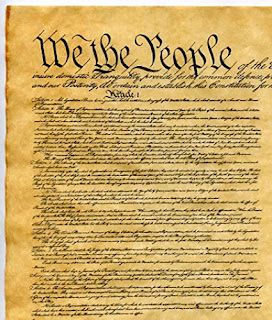Happy 4th – Read the Declaration of Independence
This is what it’s all about, Charlie Brown. How long has it been since you’ve read the Declaration of Independence?
No cheating. Take your time and read every word.
…Well, looks like I will have to create an amendment (pun intended) to my original post above…
Seems that our own citizens, can’t keep things straight. Yesterday while perusing social media, I kept finding references to veterans, such as, “We are remembering all …” Uh, people, that’s Memorial Day or Veterans Day, depending on who you are honoring.
So maybe it’s time for a refresher course on official US holidays.
Memorial Day: An American holiday, observed on the last Monday of May, honoring the men and women who died while serving in the U.S. military.
Originally known as Decoration Day, it originated in the years following the Civil War and became an official federal holiday in 1971. Many Americans observe Memorial Day by visiting cemeteries or memorials, holding family gatherings and participating in parades. Unofficially, it marks the beginning of the summer season.
July 4th – Independence Day: In July 1776, during the second year of the American Revolutionary War (1775–83), representatives from thirteen North American colonies of the kingdom of Great Britain voted to declare themselves independent from the crown, forming the United States of America. Two days after the historic vote, on 4 July 1776, the Declaration of Independence was signed.
Labor Day: The first Monday in September, is a creation of the labor movement and is dedicated to the social and economic achievements of American workers. It constitutes a yearly national tribute to the contributions workers have made to the strength, prosperity, and well-being of our country.
Veterans Day: Veterans Day originated as “Armistice Day” on Nov. 11, 1919, the first anniversary of the end of World War I. Congress passed a resolution in 1926 for an annual observance, and Nov. 11 became a national holiday beginning in 1938. Unlike Memorial Day, Veterans Day pays tribute to all American veterans—living or dead—but especially gives thanks to living veterans who served their country honorably during war or peacetime.
The first governmental recognition came through municipal ordinances passed in 1885 and 1886. From these, a movement developed to secure state legislation. The first state bill was introduced into the New York legislature, but the first to become law was passed by Oregon on February 21, 1887. During 1887 four more states — Colorado, Massachusetts, New Jersey, and New York — created the Labor Day holiday by legislative enactment. By the end of the decade Connecticut, Nebraska, and Pennsylvania had followed suit. By 1894, 23 more states had adopted the holiday, and on June 28, 1894, Congress passed an act making the first Monday in September of each year a legal holiday in the District of Columbia and the territories.
The lesson continues…
And while we’re here… I was also surprised (actually no I wasn’t) how many people confused the US Constitution with the Declaration of Independence. It’s actually fairly easy to distinguish the two documents. The Declaration of Independence, literally “declares our independence” from Great Britain, and nothing more. It’s a simply document signed by the thirteen original colonies, formally informing ol’ King George, that we had had enough and were going to form our own country.
The U.S Constitution, set the standards for our national government. The Constitution has three main functions. First it creates a national government consisting of a legislative, an executive, and a judicial branch, with a system of checks and balances among the three branches. Second, it divides power between the federal government and the states. And third, it protects various individual liberties of American citizens.
The Constitution’s framework owes much to the history that led to its drafting. The limitations placed on the federal government and each of its branches were a reaction to the tyranny of British rule, and especially the tyranny of the single monarch. Yet the breadth of the national government’s powers were a correction to the weak government of the Articles of Confederation (the short lived system before the present constitution), that had proved incapable of forging the thirteen original states into one nation.
This document is the one that begins with the famous Preamble.
We the People of the United States, in Order to form a more perfect Union, establish Justice, insure domestic Tranquility, provide for the common defence, promote the general Welfare, and secure the Blessings of Liberty to ourselves and our Posterity, do ordain and establish this Constitution for the United States of America.
The Preamble of the U.S. Constitution—the document’s famous first fifty-two words— introduces everything that is to follow in the Constitution’s seven articles and twenty-seven amendments. It proclaims who is adopting this Constitution: “We the People of the United States.” It describes why it is being adopted—the purposes behind the enactment of America’s charter of government. And it describes what is being adopted: “this Constitution”—a single authoritative written text to serve as fundamental law of the land. Written constitutionalism was a distinctively American innovation, and one that the framing generation considered the new nation’s greatest contribution to the science of government.
Class dismissed! Oh, btw, there will be a pop quiz in…




Leave a Reply